Lots of questions! The recent Tokyo Games prompted queries from Instagram, Twitter and FB, and other platforms, so we gathered a few more into another question round up for the blog.
Q: What was your strategy shooting gymnastics?
A: Shooting gymnastics is difficult, especially if you only do it every four years. The athletes move fast, especially during floor exercise. Working tight is wonderful, but you can occasionally pay the price for that by missing a piece of a hand or foot. The below pic is nice enough action, but I lopped off a foot. ISO 4000, f/4. Nikon D6.
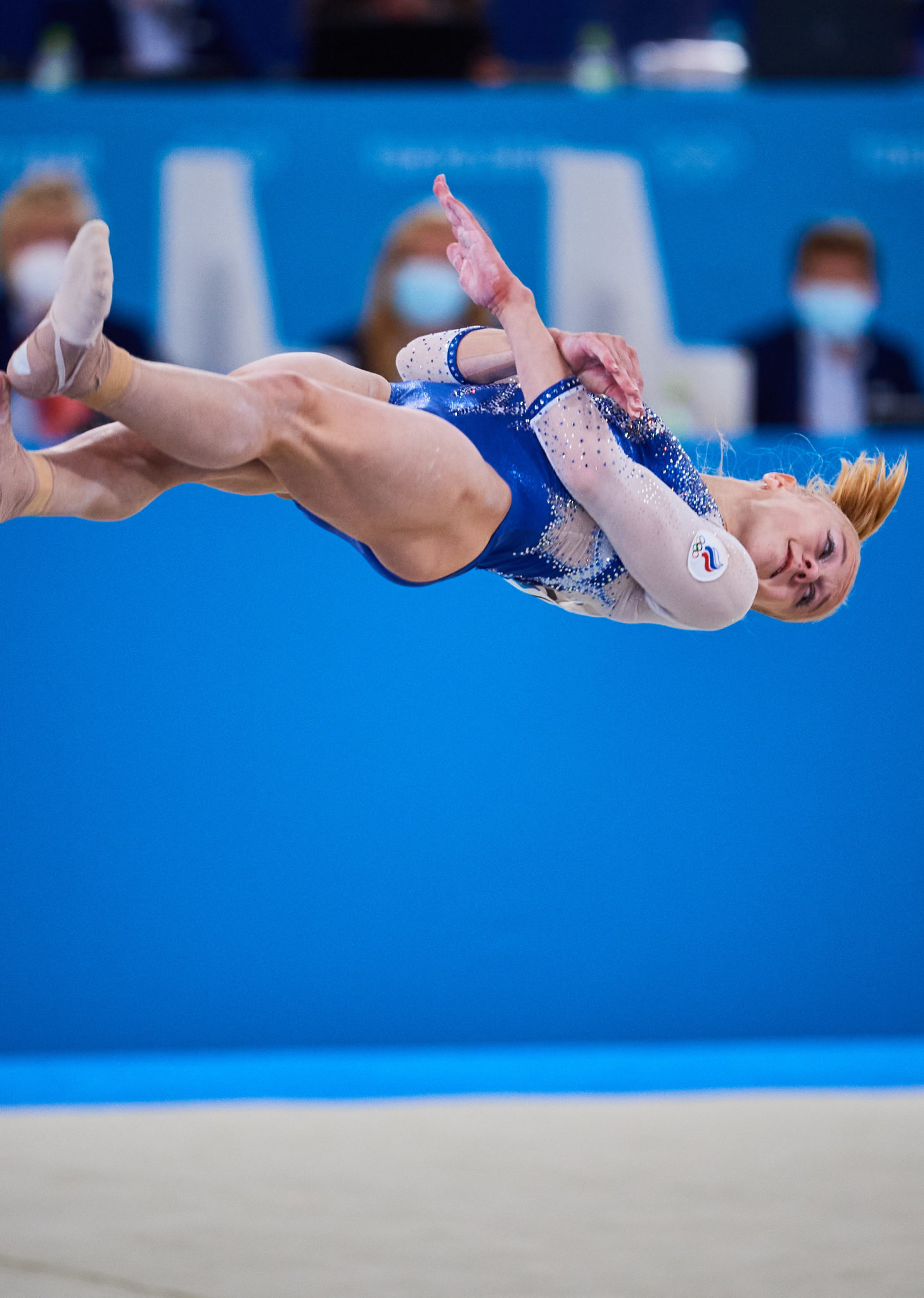
One thing that’s wonderful about on Olympics is you can observe and ask questions of absolute masters of the craft. John Cheng, the long time staff photog for USA Gymnastics was there, and it was great to see him and observe him in action. John’s got an amazing tip on folder management on his Instagram feed! More wonderful proof that the photo community is in fact a community, and information is freely shared.
At a packed night, such as happened with Simone Biles being very much in the news, you have to place your bet on your spot in the photog galleries, which have limited numbers of positions. Your mobility can be limited. For balance beam I chose a spot at the end of the gallery, where I could stand up. (In the middle of the picture positions, the angle was excellent, but photographers could not stand as the judges were directly behind them. No judges were stationed behind my spot so I could gain some height in my angle by standing.
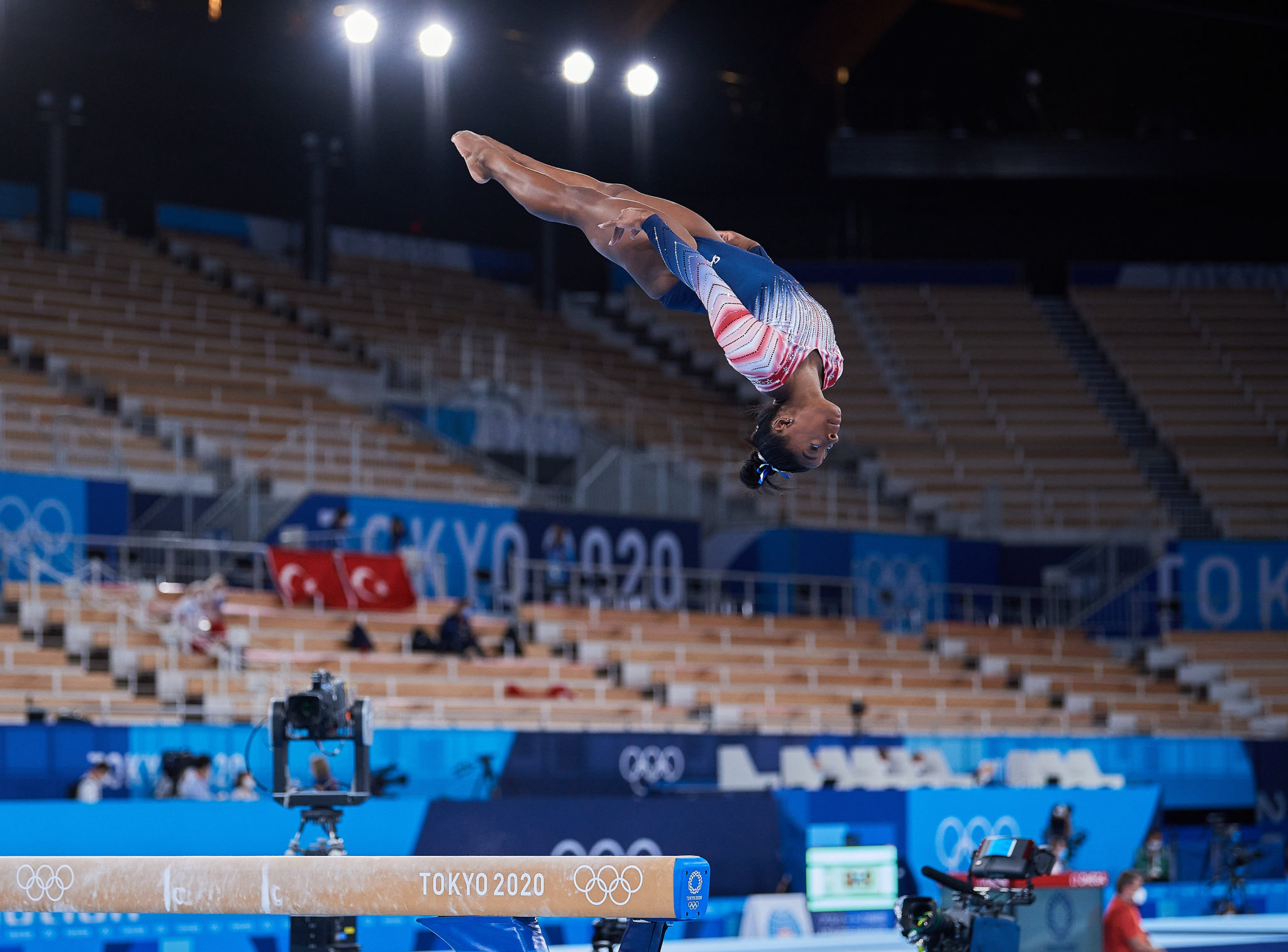
But, being there meant I didn’t have the best angle on the action. The giveback was that I potentially had a good bead on emotions and reactons after the beam performances. I had a decently clear line to Simone, and she finished her routine and smiling, placed her hand over her heart. You make choices, and compromises, almost minute to minute. The position you choose is a photog’s version of the roulette wheel in Vegas.
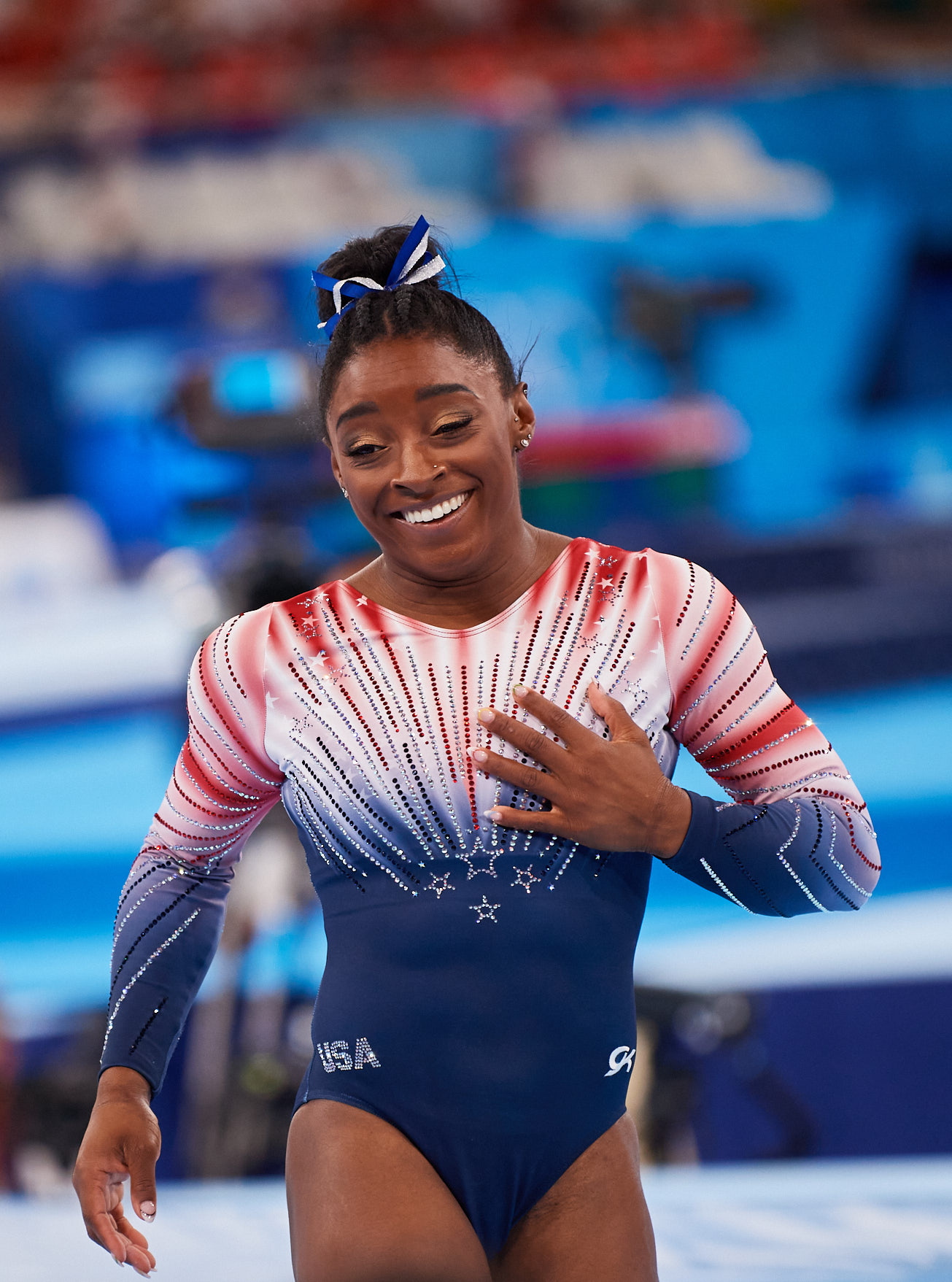
Q: What is a “snap zoom?”
A: First off, I had never heard it described that way, and it’s perfect. Of course, it was Dave Black, one of the premier sports photogs of all time, who chimed in over on Instagram with that descriptor. You need a reasonably slow shutter speed, say 1/60th or slower, and you have to start twisting (zooming) the lens even before you hit the shutter button. Your success rate is not high, and good frames are random at best. The below is ISO 200, f/11 at 1/13th of a second. I’m panning with the cyclists and zooming. You have to stick with this because most of your pictures whilst doing this will outright suck.
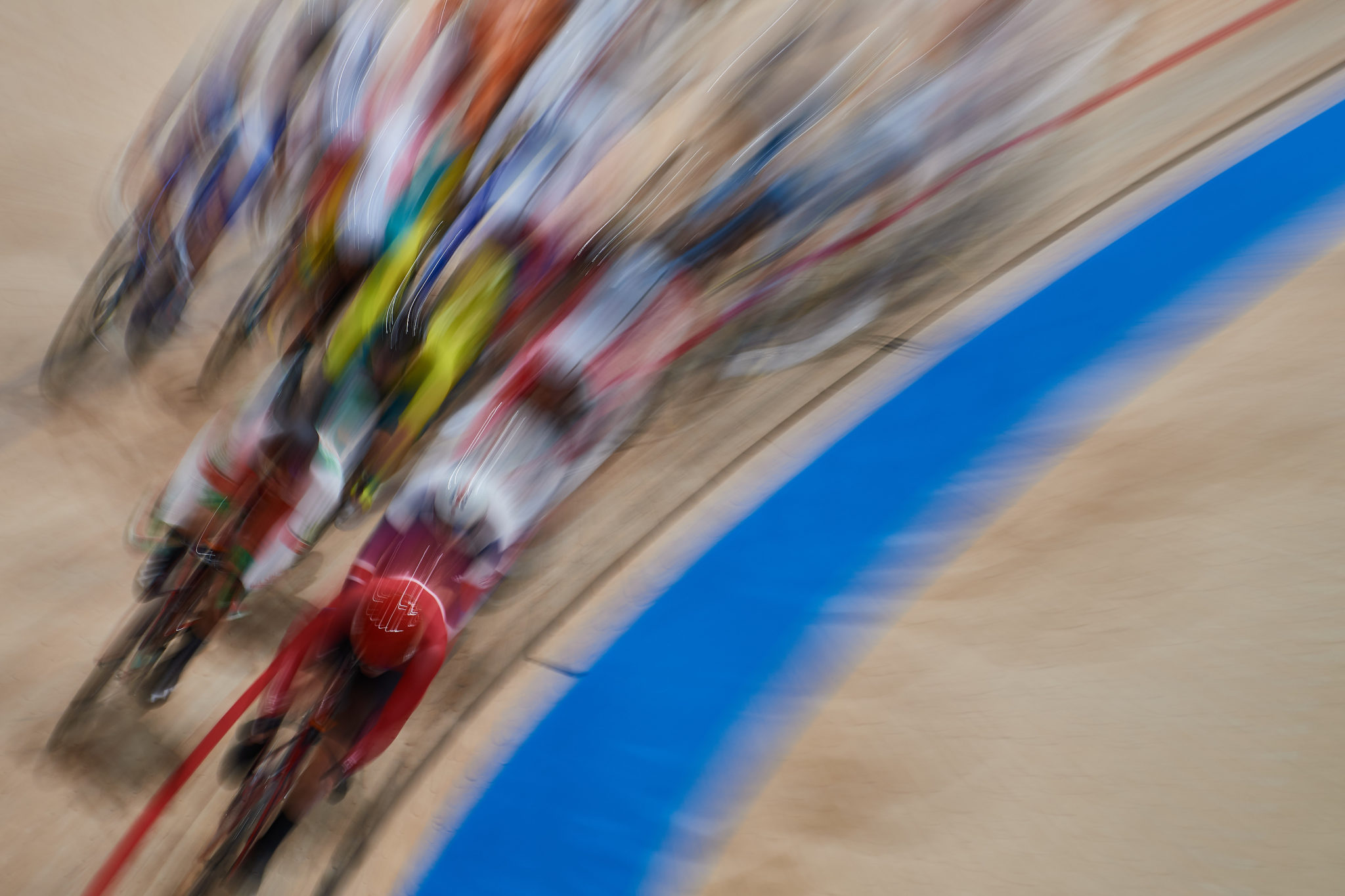
Q: Did you have the chance to have a spot ringside for other fights?
A: No. Only went to boxing once, and ringside was super limited due to COVID. The pics below were shot with a 400mm, 1/2500th at f/3.5. ISO 2500, Nikon D6.
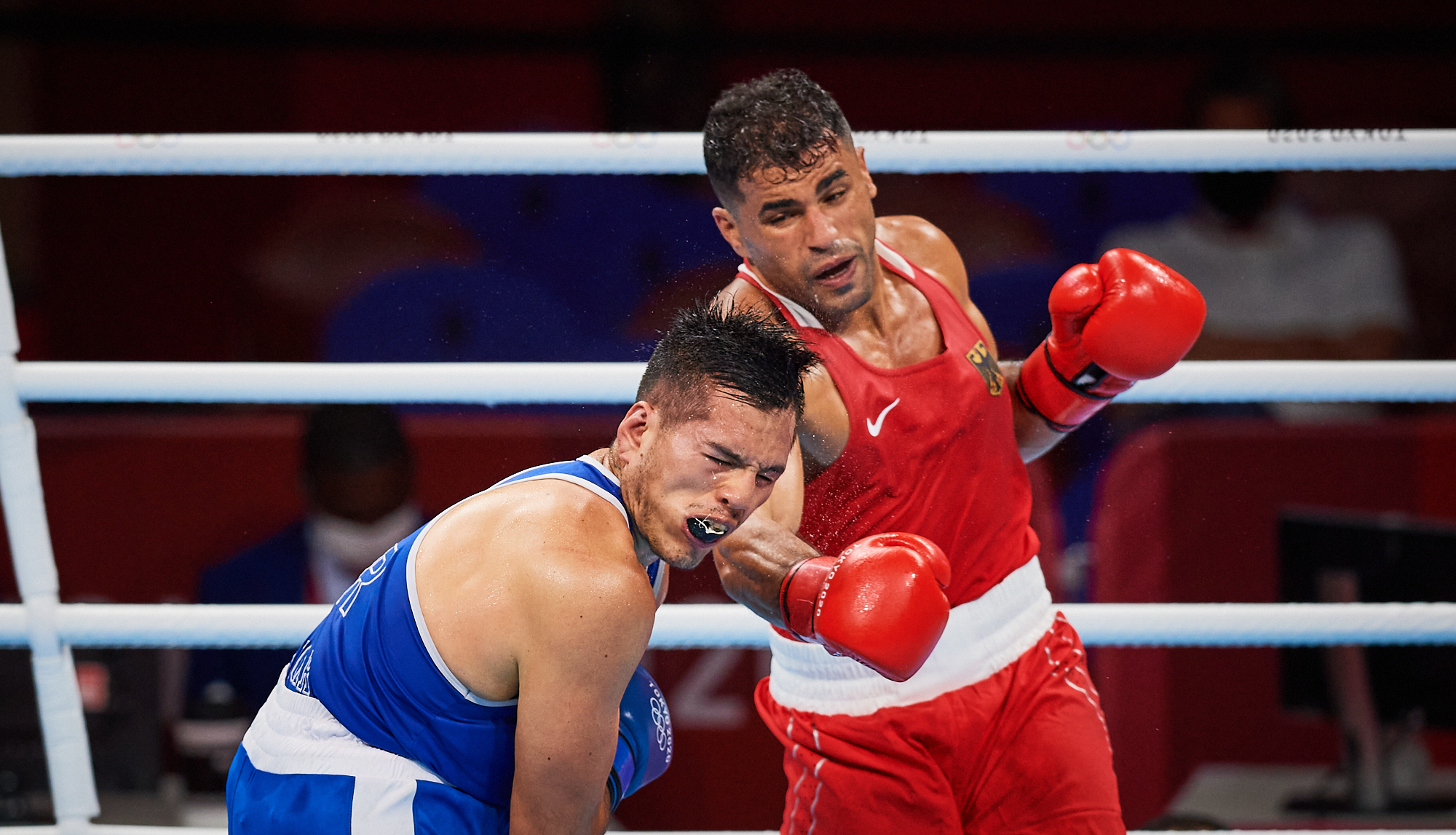
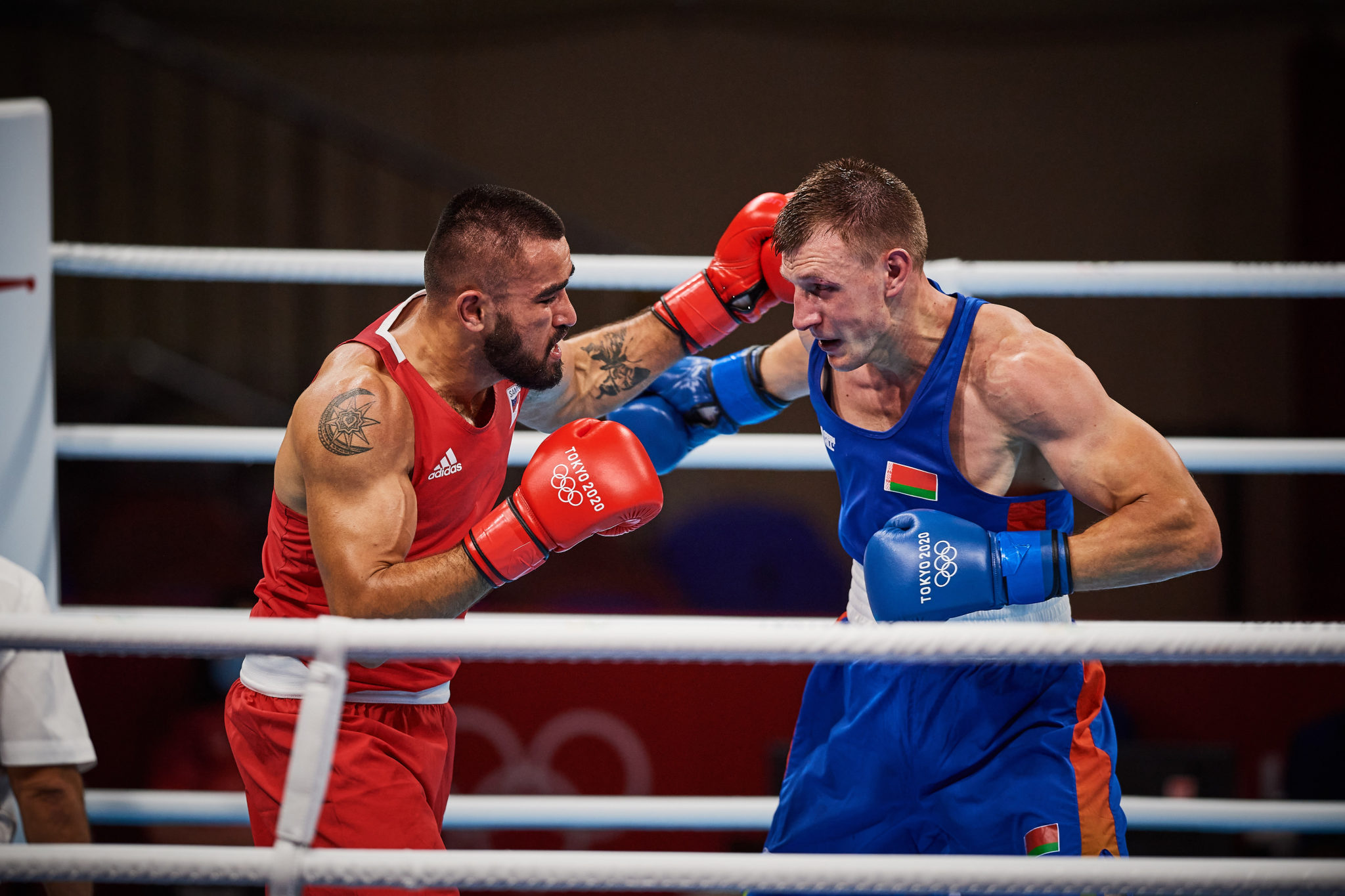
Q: Were you in a boat or surfing along with that guy!
A: No! Got up close and personal with an 800mm…
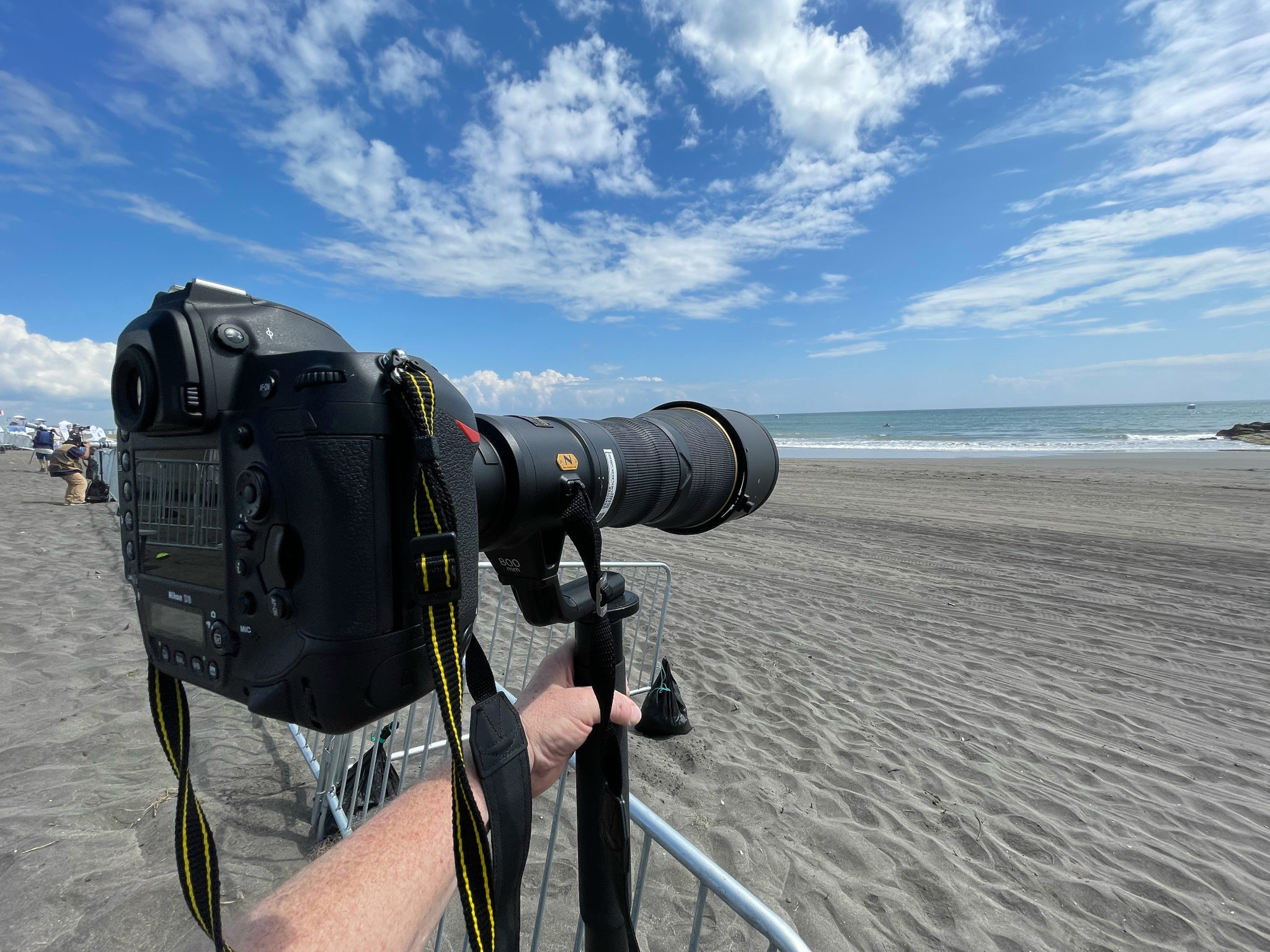

Q: Are you competing with Dave Burnett for most unusual outfit? ![]()
A: No way! David Burnett is the king of cool. I’m just a drenched, overcooked, creaky dude with a monopod!
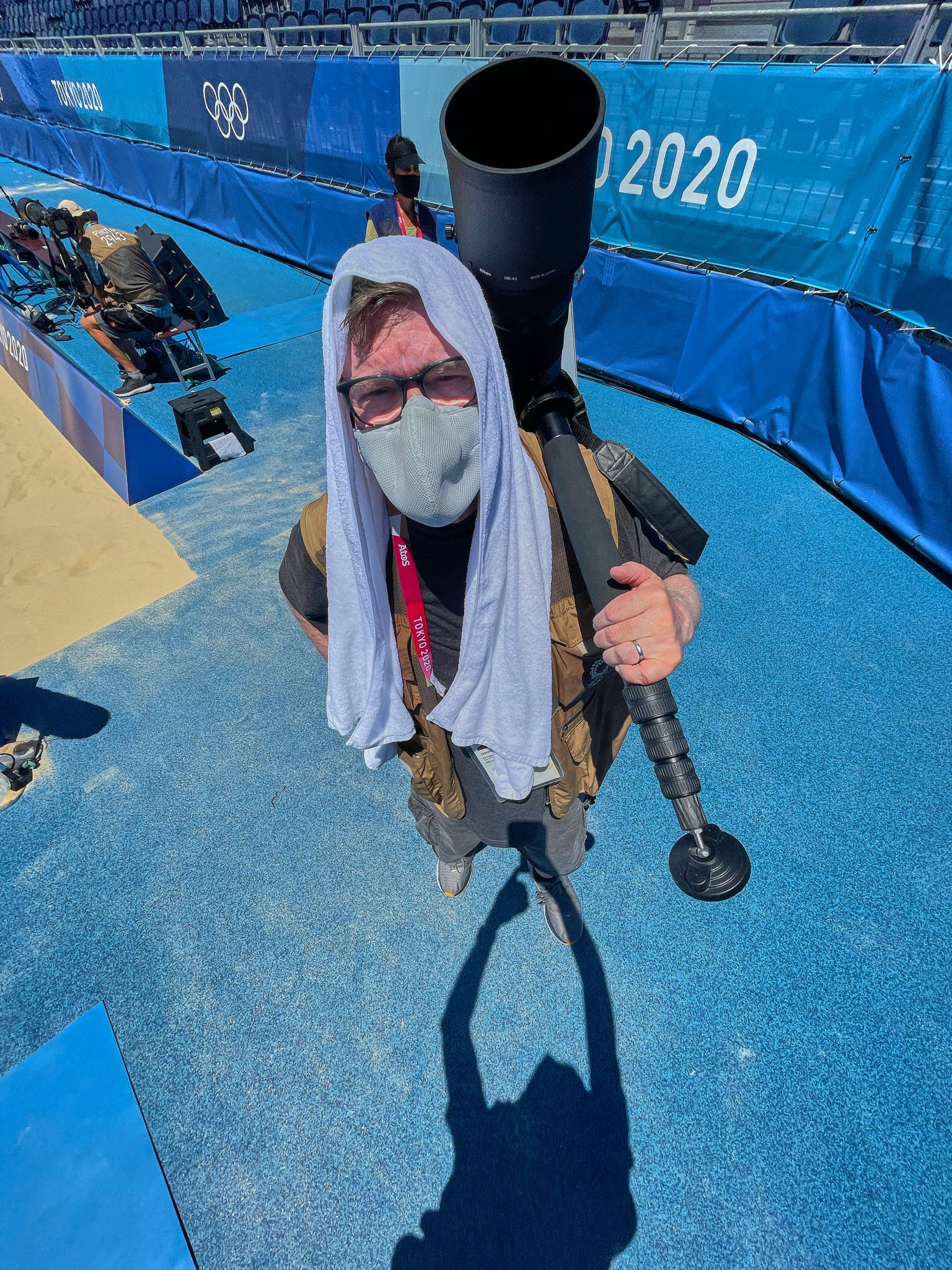
Quick note to close–a beautiful thing about doing multiple Olympics. It’s a privilege to witness these athletes, over time, maintain excellence and continue their striving for history and greatness.
Faith Kipyegon, gold in Rio, gold in Tokyo.

Alysson Felix. Silver in Rio, bronze in Tokyo.

And, lessons learned, early on and ruefully. Keep your camera to your eye even when the event is over. The best pics sometimes occur when the event is over.
Below, at Sydney in 2000, the American wrestler Rulon Sanders celebrates with support team after beating the fabled “Russian King Kong,” Aleksander Karelin for the gold.
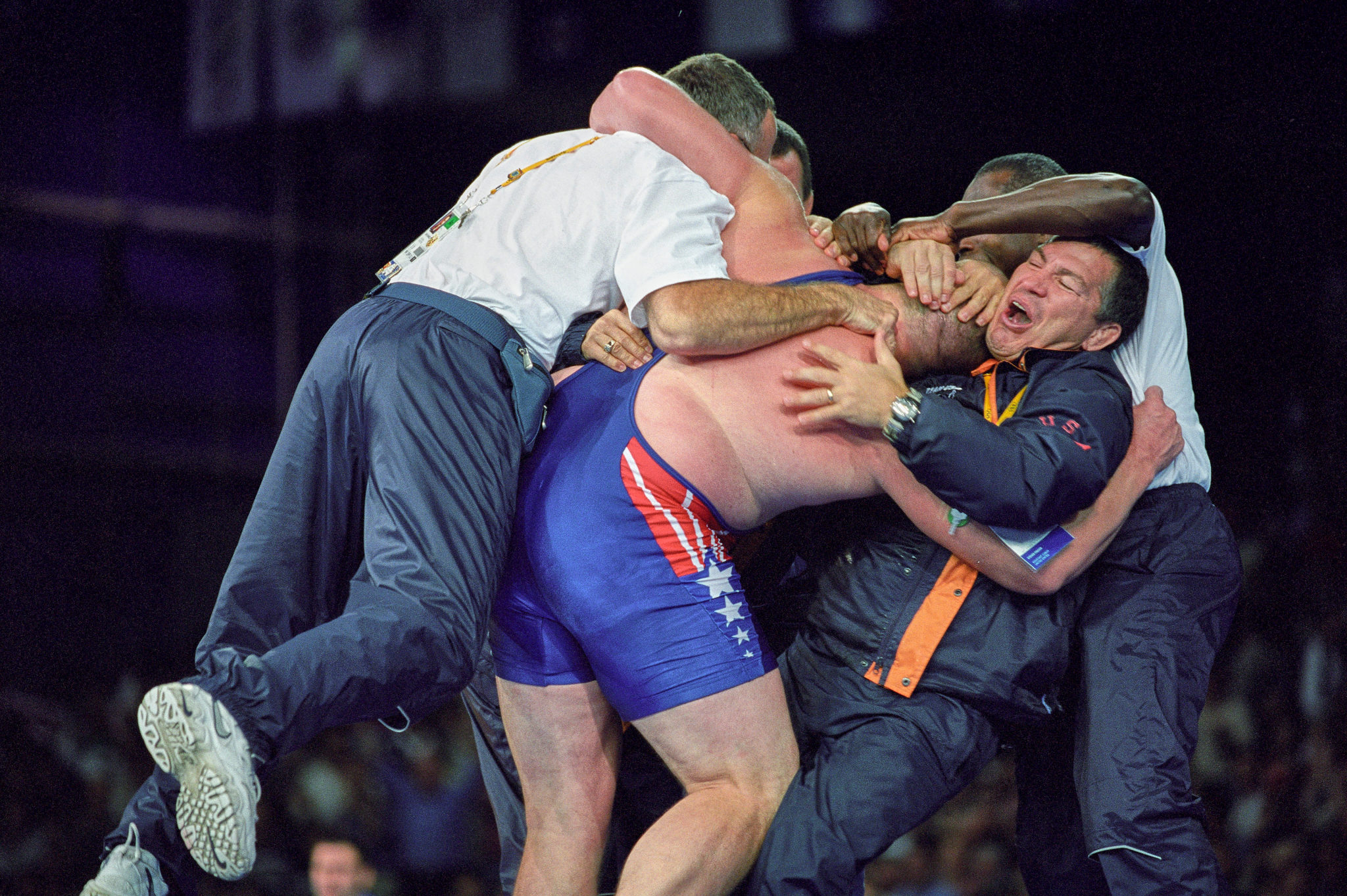
Fast forward. One of my favorite pics of Tokyo…Gold medal winner Joshua Cheptegei and teammate Jacob Kiplimo from Uganda after the men’s 5000m final race.

No mysteries. Eye in the camera. Shoulder to the wheel. Hope for luck.
More tk…..
The post Round #2: Q&A from Olympic Coverage appeared first on Joe McNally Photography.






